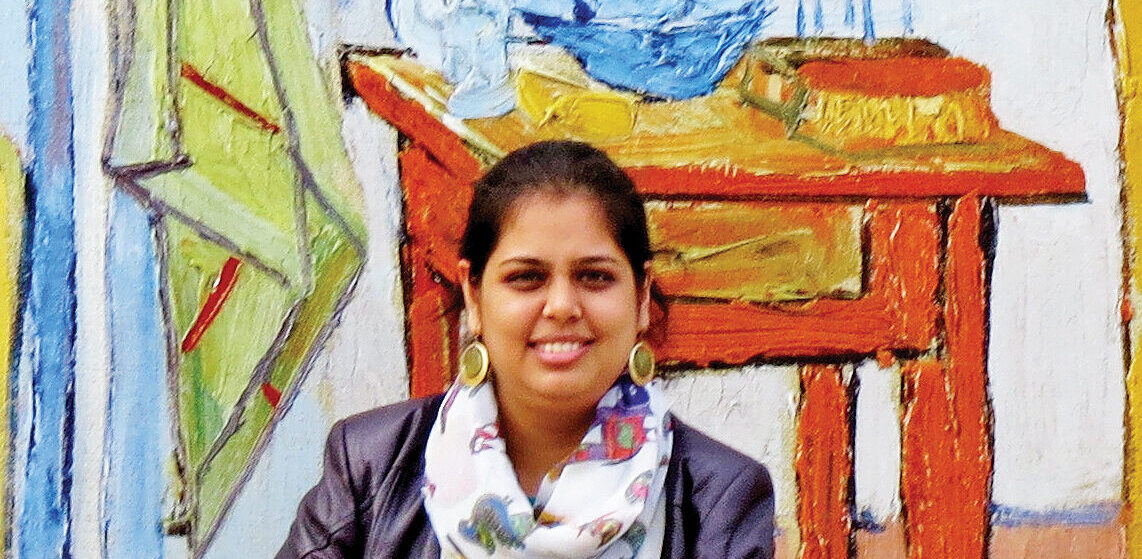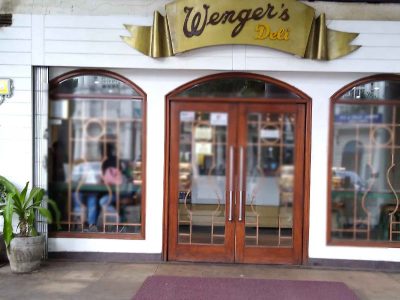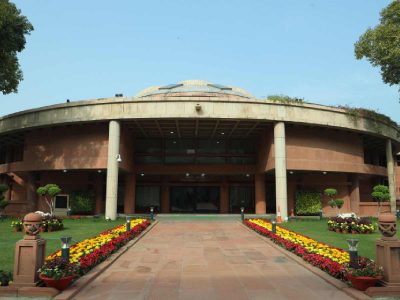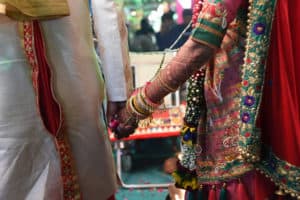Artist Rabab Zaidi talks about her gallery in Jamia Nagar, which gives opportunities to marginalised voices
Attempting to change the labelling of Jamia Nagar as a Muslim ghetto, the centre provides a safe platform for minority communities to express their voices through art. In tune with this conversation, the centre was excited to be on the Magenta line that connected Jamia Nagar with the rest of Delhi and hence named the gallery after it.
Hailing from Jamia Nagar, artist Rabab Zaidi along with her brother converted their childhood home into CAFE. Patriot catches up with Rabab Zaidi as she talks about changing the perception associated with a minority dominated neighbourhood and how they are trying to provide a parallel discourse for those who want to share their side of the story.
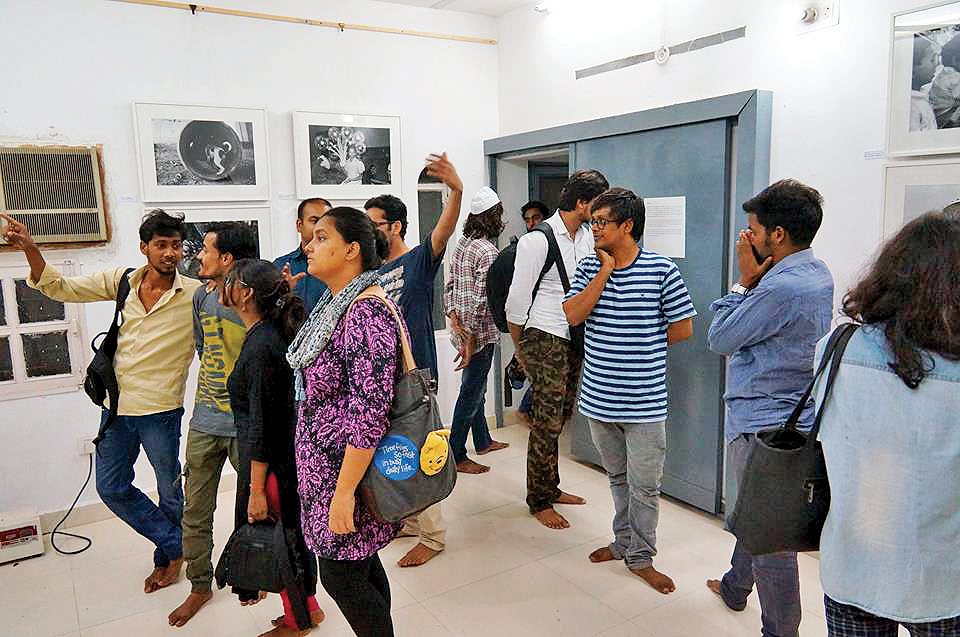
Could you please share how and what was the idea behind the inception of this gallery?
In 2017, we shifted to our newly renovated childhood home and my brother came up with the idea that we should utilise this space in a more constructive manner. Instead of renting it out, since we are all from a creative background, this was an opportunity for us to do something for the neighbourhood.
Having a university around us, we realised that we should make use of this opportunity and address the youth in an attempt to sensitise the neighbourhood to art and culture.
Jamia is stereotypically seen as a Muslim ghetto and we wanted to break that notion. Even as a student of Jamia Milia Islamia, I had friends who travelled from other places in Delhi and carried the same perception. We wanted to create a window for this so-called ghetto, since there are always misconceptions around one — especially a Muslim one.
The primary objective of the gallery is to give opportunities to the marginalised voices. The people who do not otherwise have opportunities in the mainstream, we try to identity and be available for them.
It has been two years now since the centre was created. How has it grown over the years?
In terms of events we always had a plan of what we wanted to do with our space. But our audiences have surely grown, which I believe is a bigger achievement for us. Also this year we have started collaborating with bigger galleries as well.
At the centre we wanted it to be approachable for anyone from any field. We also had events for community building like a small master classes on the usage of social media especially for the elderly crowd.
One of your Facebook posts reads, “In our communities like Jamia Nagar, we are encouraged to pursue skill based programs so that we can get jobs or earn a livelihood and therefore we can’t dream of becoming artists or writers or poets”. How much have you achieved so as far as raising awareness about art and culture in your community?
Students and kids from the neighbourhood do come after seeing the posters we put up and they are very curious. But that being said, I wouldn’t say we have been very successful in this as of yet.
With our latest exhibition, ‘Green Shoots in the Neighbourhood’, there has been a conscious effort in choosing artist from the neighbourhood. Either they were students of Jamia or they stay in the neighbourhood.
When I was studying, there was a shortage of girl’s participation in this field because all the galleries were in Central Delhi and commuting after 8pm would not be encouraged by the family due to security reasons.
So, I wanted to create a space for them. In arts, a lot of motivation and inspiration is needed. If we recentralise the art scene and if inspire other groups to form galleries, then that too will make a difference.
Commercial gains are not really our priority right now. We want to sensitise and create this culture.
At a time when the country is seeing severe intolerance towards minorities, how important and relevant do you think it is to have a platform like this?
Once I was attending a session by Kapila Vatsayan and she said that advanced civilisations has always invested in their art. So, I understand the potential of art. Art is based on human responses.
We at CAFE are just passing the mike. Now it is up to you to say what you want to say and how you want to do it. It is to give them a chance to tell the other version of the story. If you create a window, people will peak in and see beyond what is being shown to them.
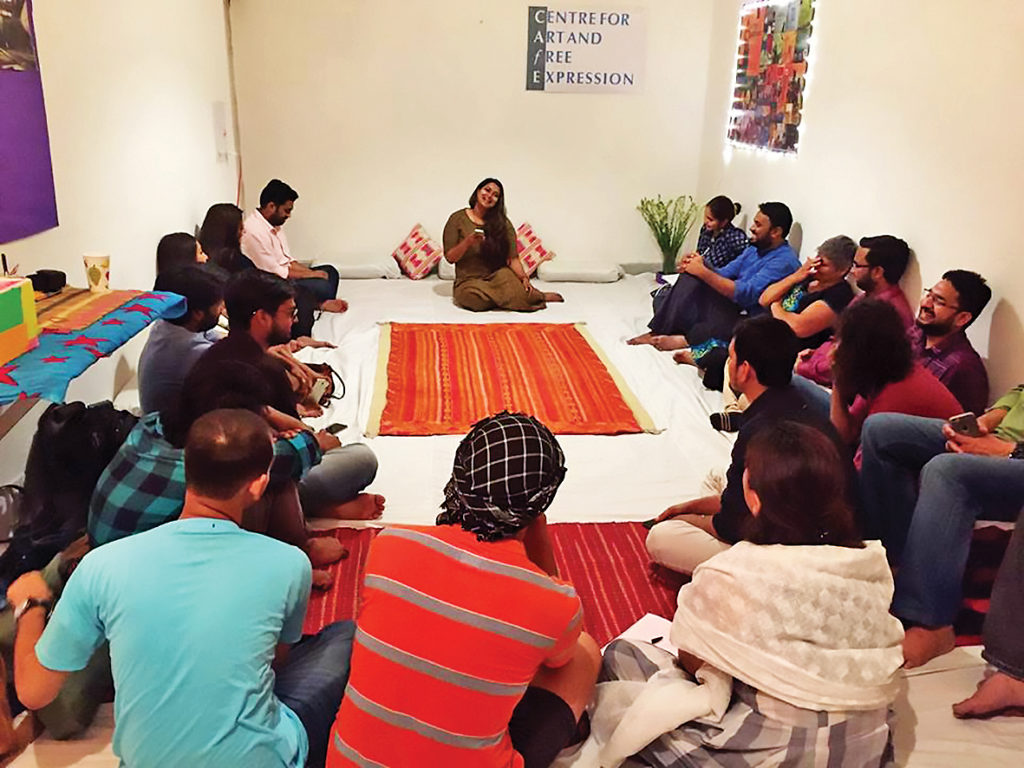
I don’t want people to build a perception of a space based on media. For instance, when the movie Batla House came out I was quite upset. It was convenient for the media to call it a terror haven. That was very disturbing for me. It takes ages to build a reputation and with words like these everything withers away. Before the incident happened, a lot was happening in Jamia, with new centres opening up and notable people were coming in.
With CAFE we are creating a parallel discourse. Now it is up to the audience to decide what they want to see and believe in.
Do you think that there is a lack of space in the country that focuses on the work of minority community?
In arts people say there is no favouritism. But to be honest a lot is based on networking in this field. If you know people who are the game changers it is easy to get a platform. I am trying to democratise this part.
I want to make a conscious decision to choose those who think they are not privileged and if I have an opportunity to give them a chance I would like to do so.

